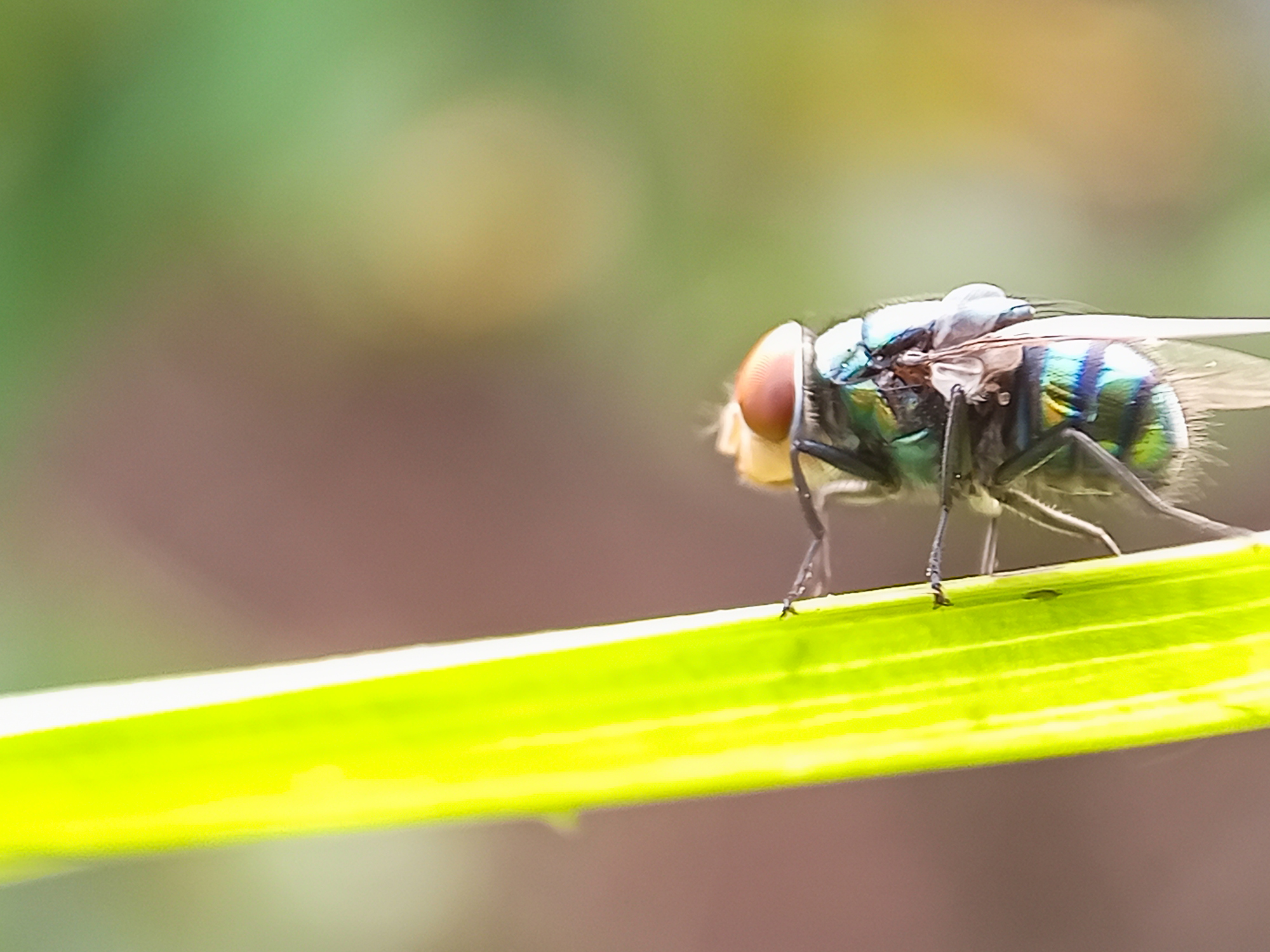Given the global environment today, New World Screwworms have always been a threat to the U.S. cattle herd. Confirmation of the insect being found in a person in Maryland who had traveled from Guatemala should put livestock raisers on alert. Complacency in a market where prices in one country are affected by decisions in another suggests a lack of understanding of the interconnectedness of the modern food supply. Now is the time to focus on solutions for the present and look ahead to preventative measures for the future.
Screwworms are the larval stage of the New World Screwworm Fly. An insect in the same family as Blowflies. Outside of the United States, they are endemic in South America and the Caribbean, cases are now being detected in Central America and Mexico. Screwworms were eradicated in the U.S. in the 1960s, with the USDA monitoring cases outside our borders since.
Current estimates suggest it will take two to three years to open a sterile fly facility in Texas, the first state to likely bear the burden of an influx of screwworms. According to a report in Reuters, the USDA estimated about 500 million sterile male flies a week would be needed to push the flies back from their current location in Mexico to the Darien Gap, between Panama and Colombia.
The previous eradication of screwworms was a concerted effort to first contain their spread and then kill the pests before maturation. Male screwworm flies are extremely aggressive and females mate only once before death, making sterile breeding the best form of pest control. Sterile breeding requires producing a large number of sterile male flies that are released into the wild to breed with females. The result is non-viable eggs and generational deaths of females, leading to a collapse of the population.
There is currently no preventative medicine available for screwworms. While we wait for fly facilities to be built, now is the time for development of a preventative medication for livestock and wildlife. There are several preventative medications currently available for livestock and New World Screwworms are not a new species. Developing a livestock and food chain safe medication to prevent their infestation of host animals should be prioritized.
Earlier this year, the southern border was briefly closed to all imported cattle to protect U.S. cattle from possible infection from screwworms. Screwworms infest livestock, and wildlife, by laying eggs in open wounds and orifices, and can kill an animal in seven to 14 days if left untreated. Livestock infected by screwworms, if caught in time, can be treated but treatment is challenging particularly range cattle.
Screwworms are most commonly found in livestock, pets, and wildlife; in extremely rare cases, they are found in people and birds. With the national cattle herd the smallest it has been since the 1950s, and beef prices high, an invasive pest like screwworms could be a challenge for consumers and ranchers alike. Now, however, is the time to address our present and future needs for concerns like screwworms by being proactive about prevention and innovation.






